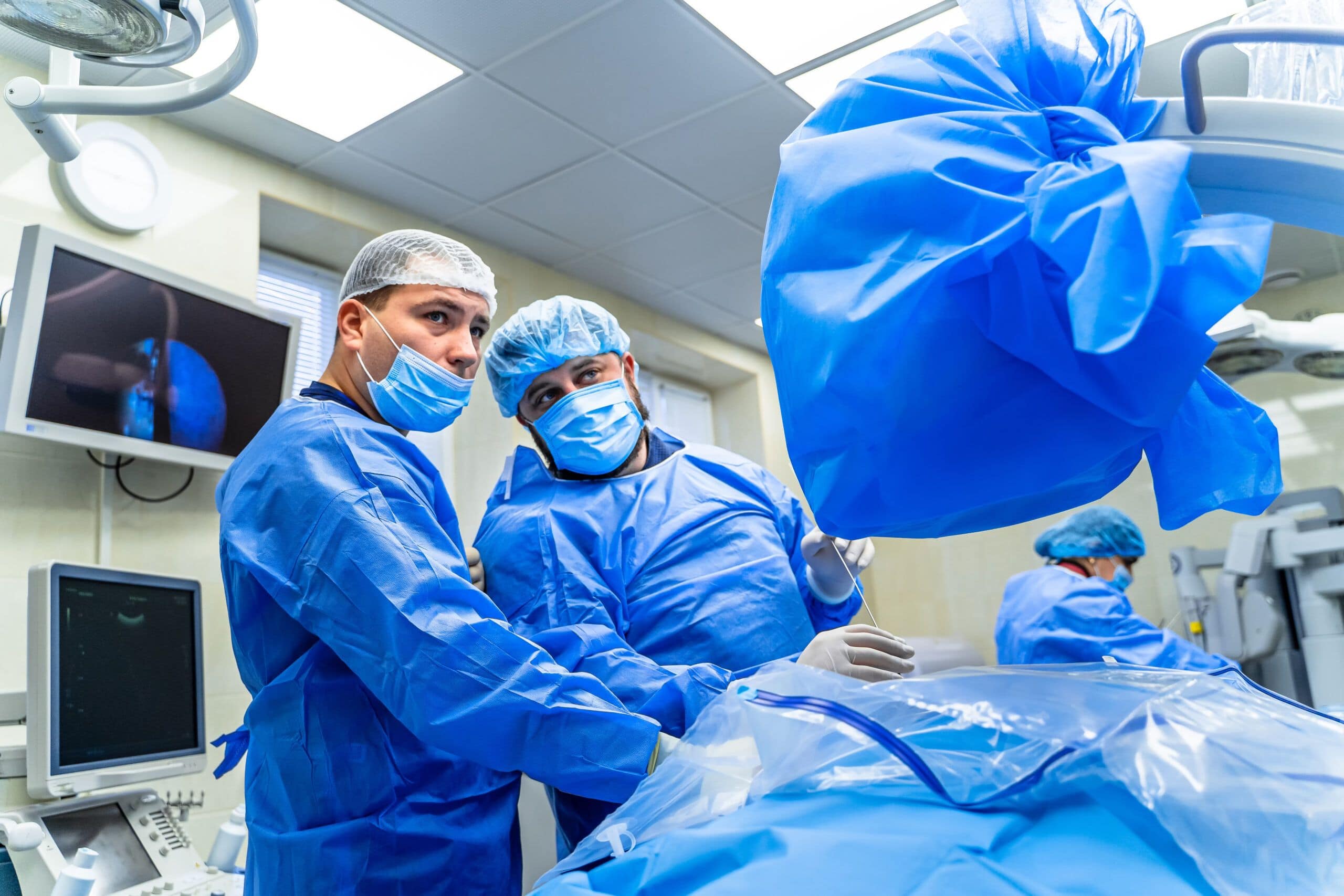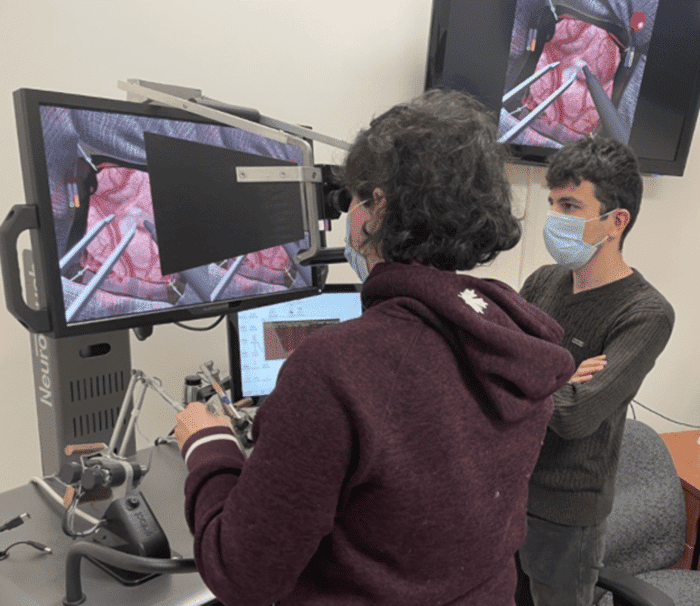The trial was done at the Neurosurgical Simulation and Artificial Intelligence Learning Centre in Montreal where 70 students were given assistance and feedback from an AI system, a remote human instructor or neither. Scientists randomly designated one of the above categories to students who were trying to remove a brain tumour while using a neurological simulator.
Students assisted by AI technology were tutored by a system called the Virtual Operative Assistant (VOA). The system worked by using a machine learning algorithm that was designed to give personalized feedback and teach the most ethical and safe way of performing the procedure while the student’s performance was assessed by experts and a deep learning system called Intelligent Continuous Expertise Monitoring System (ICEMS).
For participants who were given a human instructor the directions were given via a live feed with experts observing students online. The study concluded that when students were led by the AI system, their performance was 36 per cent better than those guided by a human expert while they were also able to learn the surgical skills 2.6 times faster than other participants.

“Artificially intelligent tutors like the VOA may become a valuable tool in training the next generation of neurosurgeons,” said Dr Del Maestro.
“VOA significantly enhanced the experience while fostering a great learning environment,”
“Ongoing studies are evaluating how in-person instructors and intelligent AI-powered tutors can be used together more effectively to improve mastery of neurosurgical skills,”
“Our study demonstrates that we can design systems that provide on-demand surgical evaluations at the convenience of the student and with less input from instructors,”
“It can also lead to better patient safety by reducing the chance for human error both when evaluating surgeons and in the operating room.”






